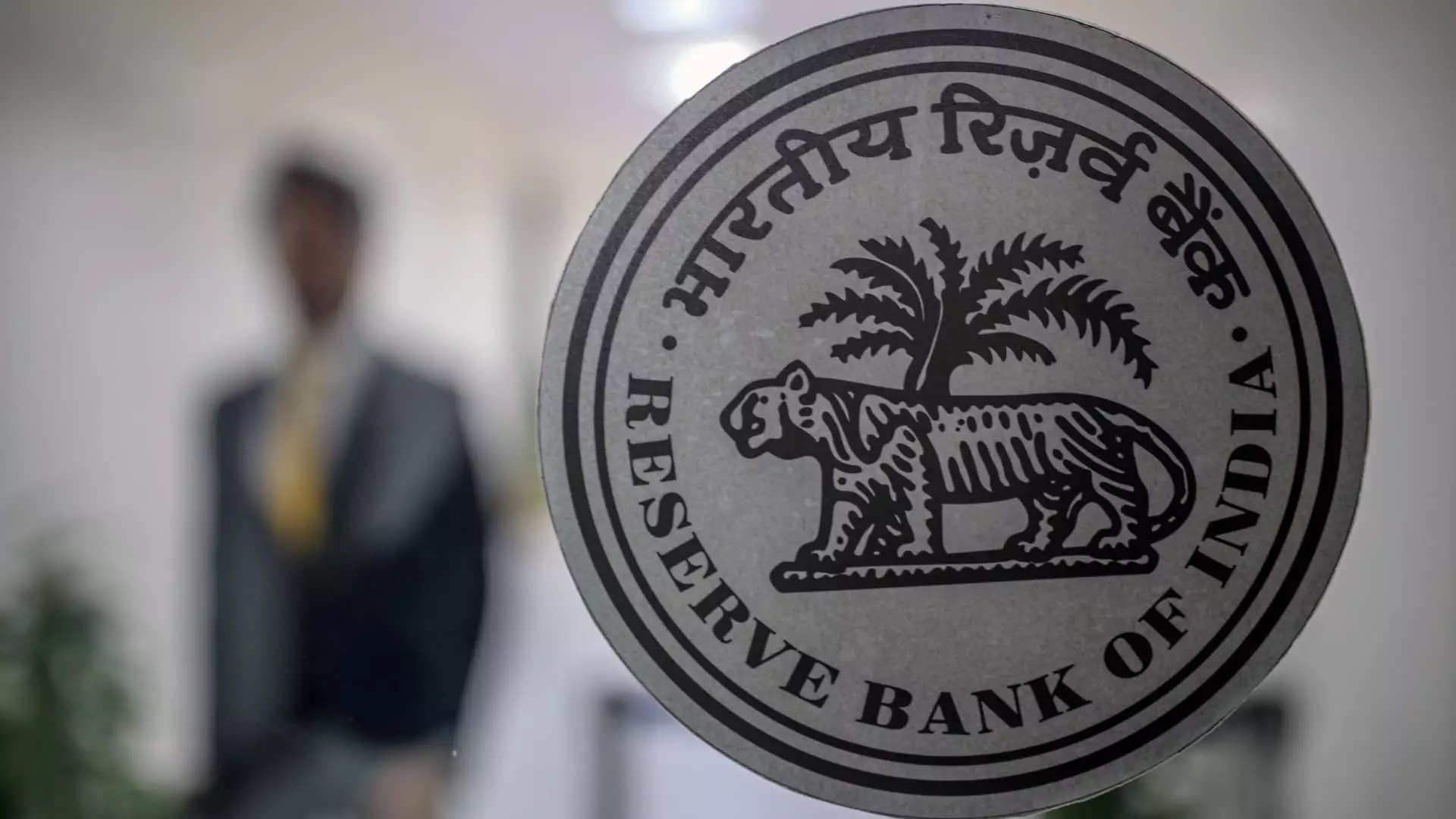On a crucial Friday, India’s Reserve Bank made headlines by maintaining its benchmark interest rate at 6.50%, a decision anticipated by many in the financial sector. This choice comes as the central bank grapples with a dual challenge: curbing inflation and stimulating growth in an economy facing mounting pressures. The delicate balance has prompted economists to analyze the implications of such a stance in the context of recent economic indicators and future outlooks.
India’s inflation rate has surged, reaching 6.21% in October, the highest in 14 months. This figure starkly contrasts with the Reserve Bank’s target of 4% and even overshoots its upper tolerance limit of 6%. Governor Shaktikanta Das underscored the urgency of the situation during a recent announcement and cautioned that aggressive monetary policy measures could stifle the economy’s fragile recovery. The rise in consumer prices primarily stems from escalating food and fuel costs, challenging the central bank’s mandate to ensure price stability while supporting growth.
The current scenario raises pertinent questions regarding the central bank’s flexible inflation targeting framework. As prices rise, the necessity for intervention becomes increasingly crucial. However, can the bank afford to act too decisively without risking further economic deceleration?
In light of these inflationary concerns, the Reserve Bank has recalibrated its GDP growth forecast for the fiscal year 2025, lowering it from 7.2% to 6.6%. This adjustment reflects a broader slowdown that has been palpable across various sectors of the economy. Notably, the July to September quarter showed a growth rate of just 5.4%, falling short of economists’ expectations of 6.5%. This underperformance has raised alarms regarding the sustainability of growth amid tightening fiscal policies.
The importance of fiscal policy in this context cannot be overstated. Finance Minister Nirmala Sitharaman and Trade Minister Piyush Goyal have echoed calls for reducing borrowing costs. They argue that lower interest rates could invigorate lending and spur demand, which is critical for industries aiming to scale operations. Yet, the Reserve Bank’s cautious approach might hinder these ambitions if it constrains liquidity and investment appetite.
The Reserve Bank’s decision to hold interest rates steady since February last year reflects a calculated attempt to navigate an increasingly complex economic landscape. Das described the current economic slowdown as having “bottomed out” in the previous quarter, suggesting that while there may be signs of resilience, the potential for further economic contraction looms ominously. The central bank has also announced a decrease in banks’ cash reserve ratio by 50 basis points to 4%, aiming to enhance liquidity in the banking system.
However, the fact that the central bank is adopting a “neutral” stance rather than a more aggressive rate cut indicates a reluctance to compromise on inflation control. Das has articulated concerns regarding the premature easing of rates, labeling it “very risky” in the face of burgeoning inflationary pressures.
Following the central bank’s announcements, the Indian rupee remained stable against the U.S. dollar, trading at around 84.666. Despite earlier dips to record lows, the currency’s resilience post-announcement reflects the market’s apprehensive optimism. The Nifty 50 index, too, saw only minor fluctuations, illustrating the hesitancy of investors to take major positions amid uncertainty.
Moreover, the bond market has responded positively, with the 10-year benchmark yield reaching its lowest level since February 2022, a testament to the market’s anticipation of prolonged control over interest rates. However, any potential monetary easing could exacerbate currency pressures and trigger capital outflows, adding another layer of complexity to the Reserve Bank’s decision-making process.
India’s decision to keep the benchmark interest rate unchanged is a reflection of an ongoing balancing act between controlling inflation and fostering economic growth. As the Reserve Bank navigates these challenges, the interplay between fiscal policy, market responses, and inflationary trends will shape the trajectory of India’s economy moving forward. The stakes are high, and the central bank’s approach will be pivotal in determining whether India can sustain its growth momentum amidst escalating inflationary pressures.


Leave a Reply